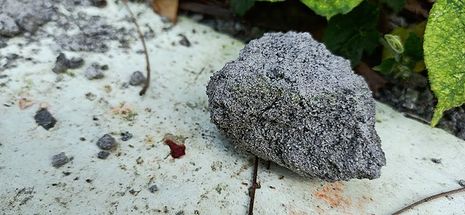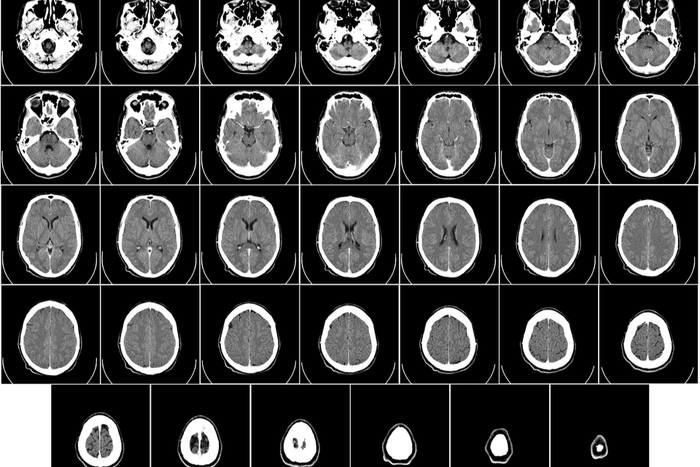Research Roundup: rock on?
Max Lian gets you up to date with some of the latest scientific news, including gene editing and electricity-storing cement

Two in-gene-ious CRISPR breakthroughs
Last week, a New England Journal of Medicine article reported that a baby born with a rare liver disease received the world’s first personalised CRISPR therapy. With a therapy developed in only six months, the case represents an improved workflow to allow rapid production of gene therapy for rare or unique genetic mutations. It is also an example of base editing, which means it can precisely edit a single ‘letter’ – base – in the genetic code, as opposed to the traditional CRISPR/Cas9 system which results in random mutations.
“Base-editing still struggles with consecutive mutations”
This allows treatment by directly restoring gene function instead of disabling genes to rewrite their activities. The latter underpins the previously approved genetic treatment for sickle cell anaemia but is not applicable to many other diseases, which can be by addressed by base editing.
However, base-editing still falls short of effectively addressing diseases caused by consecutive mutations. Newer approaches, such as prime editing, overcomes this by enabling precise insertion or deletion of multiple bases into the genome as well as single base modifications. Excitingly, a new article in Science reports evoCAST, a novel CRISPR-based system that can efficiently insert sequences the size of an entire gene at unprecedented efficacy.
Tower of power? New cement alternative stores electricity
Researchers in France and Spain have developed a cement-like material that can double as a part of an energy-storage system. Made from metakaolin, which can be obtained by heating the mineral kaolinite, this material has the mechanical strength and durability for use in construction.
“This is more than a battery”
Mixing the material with an acidic activation solution enables it to act as a solid electrolyte in a battery. By pairing it with zinc and manganese dioxide electrolyte, the researchers constructed a rechargeable battery with a fourfold improvement in energy density over previous cement-like batteries.
While still much lower than lithium-ion batteries, the material can become structural components of buildings at scale, allowing considerable amounts of energy to be stored. Vadim Kovrugin, lead author of the study, said: “It is a new material concept, where infrastructure does not merely stand still but can actively contribute to the energy ecosystem”.
However, it still faces challenges, including the degradation of energy storage capacity overtime and need to balance mechanical and electrochemical properties. The team aims to address these issues by incorporating modular design for easy maintenance and optimizing the formulation and curing process.
Much past research in construction materials that stores energy focused on storing heat energy in traditional cement. However, electrochemical storage is much more efficient than thermal storage. It also allows cracks to be detected indirectly by monitoring the electrical properties of the construction. In addition, this material offers a lower-carbon alternative to cement-based materials, which are associated with high CO₂ emissions during production.
 News / SU reluctantly registers controversial women’s soc18 December 2025
News / SU reluctantly registers controversial women’s soc18 December 2025 Features / Should I stay or should I go? Cambridge students and alumni reflect on how their memories stay with them15 December 2025
Features / Should I stay or should I go? Cambridge students and alumni reflect on how their memories stay with them15 December 2025 News / Dons warn PM about Vet School closure16 December 2025
News / Dons warn PM about Vet School closure16 December 2025 News / Cambridge study finds students learn better with notes than AI13 December 2025
News / Cambridge study finds students learn better with notes than AI13 December 2025 News / Uni registers controversial new women’s society28 November 2025
News / Uni registers controversial new women’s society28 November 2025










